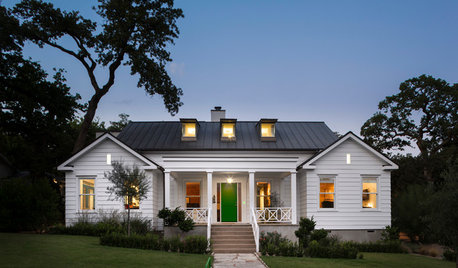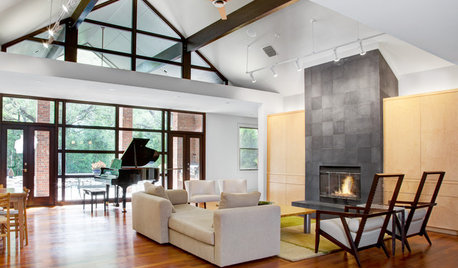why david austin
Campanula UK Z8
14 years ago
Related Stories

ARCHITECTUREWhat’s Fueling Austin’s Edgy Modern Architecture?
A look at the blossoming design scene in Texas’ capital city — and what’s behind all the experimentation
Full Story
HOUZZ TOURSHouzz Tour: A Taste of Bali in Austin, Texas
Webber + Studio Melds Asian Influences with Relaxed Texan Style
Full Story
ECLECTIC HOMESHouzz Tour: Playing With Good Tension in Austin
A 1938 bungalow gets updates — including a whole new floor — but keeps much of its traditional charm
Full Story
ECLECTIC HOMESHouzz Tour: Problem Solving on a Sloped Lot in Austin
A tricky lot and a big oak tree make building a family’s new home a Texas-size adventure
Full Story
HOUZZ TOURSHouzz Tour: New Tower Rises From a Midcentury Ranch House
An Austin homeowner and her architect expand on the original vision of A.D. Stenger, who designed the ’60s-era home
Full Story
HOUZZ TOURSHouzz Tour: Textured Concrete Studio in Texas
Heavy on the outside but light and bright on the inside, this Austin studio shows different faces depending on the daylight and angle
Full Story
CONTEMPORARY HOMESHouzz Tour: Unusual Mixes of Old and New in Texas
Modern touches done in surprising ways give a traditional Austin house a whole new personality
Full Story
ARTSee Winning Modern Quilts on Display at QuiltCon 2015
Top quilts have been chosen from among hundreds at the international show in Austin through February 22. View them and others here
Full Story
HOUZZ TOURSHouzz Tour: A Texas Home Gets a Healthy, Fresh Start
Mold eradication was just the beginning for this Austin family's home on a creek bed — toxins of all kinds now don't make it past the door
Full Story
HOUZZ TOURSMy Houzz: Traditional Texas Home Gets Modern Revamp
Gutting the kitchen and master bath, an Austin couple gives a home they built themselves a contemporary facelift
Full Story





Campanula UK Z8Original Author
dublinbay z6 (KS)
Related Discussions
David Austin roses for 2010
Q
Which one?
Q
Does anyone know why David Austin hates teas?
Q
David austins
Q
jerijen
york_rose
jerijen
rosefolly
andreageorgia
Zyperiris
Embothrium
andreageorgia
york_rose
jon_in_wessex
zack_lau z6 CT ARS Consulting Rosarian
andreageorgia
ingrid_vc so. CA zone 9
growing2010
Campanula UK Z8Original Author
rosefolly
andreageorgia
york_rose
sherryocala
ingrid_vc so. CA zone 9
jeff_zephyr
labrea_gw
rosefolly
nastarana
lookin4you2xist
jim_w_ny
andreageorgia
Zyperiris
andreageorgia
le_jardin_of_roses
jon_in_wessex
sylviatexas1
ingrid_vc so. CA zone 9
rosecavalier
jim_w_ny
Campanula UK Z8Original Author
kevin_mcl
Zyperiris
jim_w_ny
Campanula UK Z8Original Author
andreageorgia
le_jardin_of_roses
sandy808
Campanula UK Z8Original Author
sherryocala
andreageorgia
sherryocala
andreageorgia